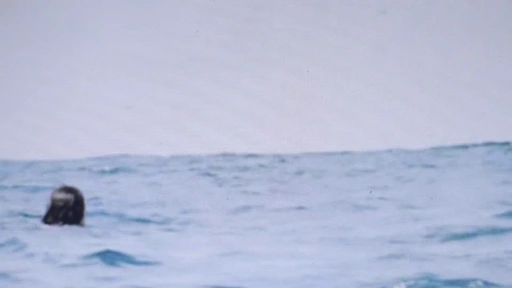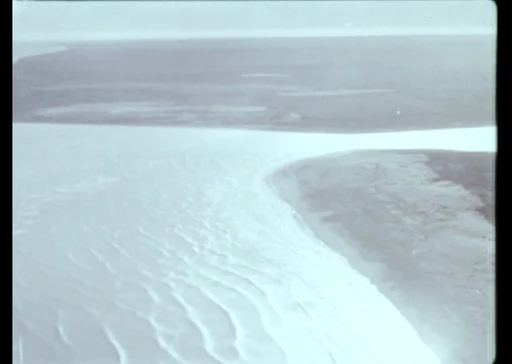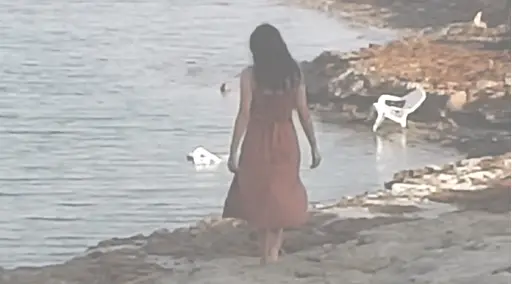Maia Gattás and Francisca Khamis Giacoman met in the West Bank in 2019. Francisca was conducting a residency in Birzeit, and Maia was traveling to film scenes for her documentary "Viento del Este" (2023). They have committed to exchanging letters to engage in a dialogue about various memories related to water in the occupied territory of Palestine.
To carry out this initiative, they are using a variety of sources linked to the territory, including historical documents, excerpts from films such as Kamal Aljafari's "Port of Memory" (2009) and Annemarie Jacir's "The Salt of This Sea" (2008), personal archives containing memories of their families' experiences in diaspora (such as letters, photographs, and oral history narratives), and their own records from their travels through Palestine.
They intend to use a correspondence format to facilitate a visual and textual exchange. In this approach, correspondence is seen as an archival technique and a tool for actively engaging with personal archives, enriched by interaction with memory, exchange with the other, and connection with other sources.
The first two letters are accessible on the plotting website . Stay tuned for the next ones.
They intend to use a correspondence format to facilitate a visual and textual exchange. In this approach, correspondence is seen as an archival technique and a tool for actively engaging with personal archives, enriched by interaction with memory, exchange with the other, and connection with other sources.
The first two letters are accessible on the plotting website . Stay tuned for the next ones.
In 2019, Maia Gattás and Francisca Khamis Giacoman met in the West Bank. Their correspondence, rooted in shared memories and layered histories, continues to explore how water shapes Palestinian landscapes, experiences, and diasporic connections. The first two letters were published last autumn. We now invite you to read letters 3 and 4.
In 2019, Maia Gattás and Francisca Khamis Giacoman met in the West Bank. Their correspondence, rooted in shared memories and layered histories, explores how water shapes Palestinian landscapes, experiences, and diasporic connections. The first four letters have traced a path across Bariloche, Santiago, Amsterdam, and Palestine—interweaving memory, geography, and resistance. This week, we share the final two letters in their epistolary exchange.
research group
Art & Spatial Praxis
Art & Spatial Praxis
project
Plot(ting)
Plot(ting)





